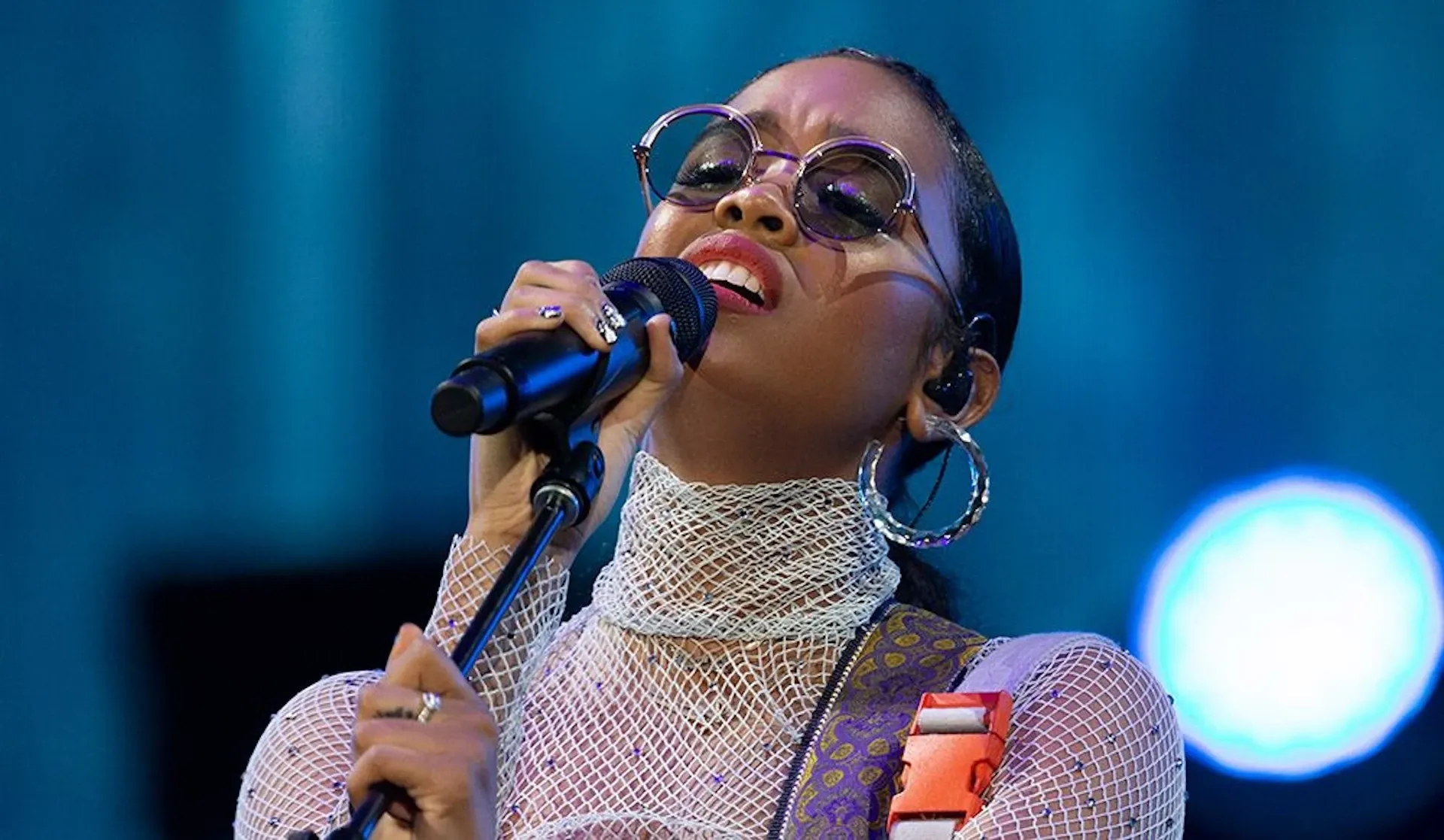The evolution of R&B
Next up in our Black History Month music series is R&B. Give this blog post a read if you're keen on hearing the founder of Thirdly Media Group, Brodrick Williams's, take on the evolution of one of our smoothest genres: R&B.

Continuing our Black History Month music series, the founder of Thirdly Media Group, Brodrick Williams, gives us an in depth journey on the evolution of one of our smoothest genres: R&B.
Rhythm and Blues, better known as R&B is one of the oldest genres of American music, blending influences from the sounds of blues, gospel, funk, boogie, heartfelt lyricism, ballads, and smooth melodies. Historically, R&B has bridged artistic, social and political messages conveying that the genre is not exclusively about love.
Originally coined “race music,” the term “Rhythm & Blues” identified music made by Black people during the 1920s to 1940s. The music industry also identified “race records” as a term for all categories of African-American music at the time, including jazz, blues, and gospel. In 1948, Billboard began classifying the genre as Rhythm and Blues, deeming the emphasis on race as offensive.
The meaning behind the acronym
In the 1920s and 1930s, R&B was often perceived as an unsophisticated rural form of music compared to Jazz, then considered more cultured and cultivated. The meaning behind “Rhythm” comes from the music’s reliance on a four-beat measure in which the second and fourth beats are accented in each measure. And the meaning behind "blues" comes from the lyrics and melodies of the songs, which were often sad, or 'blue.’ Over time, the name was shortened to the acronym “R&B.”
The expansion of African American art
R&B began to gain notoriety across the country as The Great Migration from 1916 - 1970 prompted many rural Southern African-Americans to move to metropolitan cities for better job opportunities. This era produced many forms of African American art including fashion, film, and music. The expansion of R&B is closely linked to cities heavily populated with African-Americans such as Atlanta, Chicago, Houston, Los Angeles, New York, Memphis, and Detroit.
"A change is gonna come"
During the 1960s and 1970s, R&B was the soundtrack to the civil rights movement. Artists weren’t just musicians; they were activists, healers, and educators. Aretha Franklin, the most well-known soul singer in the world at the time, carried with her the same political gravitas associated with her father, a Civil Rights movement insider, the Rev. C.L. Franklin. Themes increasingly expressed signs of the times: frustration, pride, uprising, freedom and social organization.
The March on Washington and Birmingham Bombing of 1963 triggered the release of Sam Cooke’s “A Change Is Gonna Come,” a revolutionary anthem that painted a picture of a society in need of transformation filled with segregation and subpar treatment that could be cured through determination, hope and justice. It was followed by other songs related to the civil rights, blackness, and anti-war movements, such as Marvin Gaye’s “What’s Going On” and James Brown’s “Say It Loud—I’m Black and I’m Proud.”
Popular culture
In the 1980s, MTV emerged as a network that encapsulated the songwriting and storytelling of popular music through music videos. Acts like Prince, Whitney Houston, Michael Jackson and Janet Jackson blossomed into some of the world’s biggest pop stars while continuing to use elements of R&B in the mainstream market.
In the 90s, artists like Mary J. Blige, Usher, Brandy, and R&B groups like TLC, En Vogue, and Destiny’s Child all set a precedent for modern R&B, as many of today’s records include samples and interpolations from this time. Fashion played a huge role, acts were often seen wearing Tommy Hilfiger, Calvin Klein, and Ralph Lauren in photos and music videos. Thus, Black and entertainer-owned brands such as FUBU, Phat Farm, Sean John and Rocawear were born.
Queen B: music's most powerful woman
In 2013, R&B that changed the way of music releases and the way fans consume music projects. In particular, Beyoncé shocked the world with her 5th studio album. On December 13, 2013, Beyoncé released her surprise album on iTunes. It played a huge role in the current landscape of the music industry visually, sonically, and how albums were rolled out. It was the first time ever an artist made a video for every song on the album. The self-titled release invigorated artists across all genres to have more pride in their projects visually.
R&B today
Today, artists like H.E.R., Snoh Aalegra, and GIVEON, carve the path for the future generations as they progress the current sound of R&B. Snoh Aalegra, a Swedish R&B artist, was mentored by Prince proving that the sound reaches every corner of the globe.
Still, today’s R&B artists are continuously influenced and use samples not only from the 80s and 90s but tracing back from the early days of Rhythm and Blues. They refuse to be put in a box, bending more genres and styles than before. R&B has come a long way from originally being Southern “race music” and now brings together diverse cultures across the globe.
Originally from Dillon, SC, Brodrick Williams, now based in NYC, is the founder of Thirdly Media Group. Williams gained his passion within the industry while working for the Hip Hop/R&B roster at Columbia Records and as a production assistant for the Tamron Hall Show. Williams holds a Bachelor of Science in Journalism and Mass Communication from North Carolina Agricultural and Technical State University.
Want to listen to some great R&B from Epidemic Sound's catalog? Check out the playlist below, curated by the music experts in our black employee resource group BLK|Sound.

Related posts:

